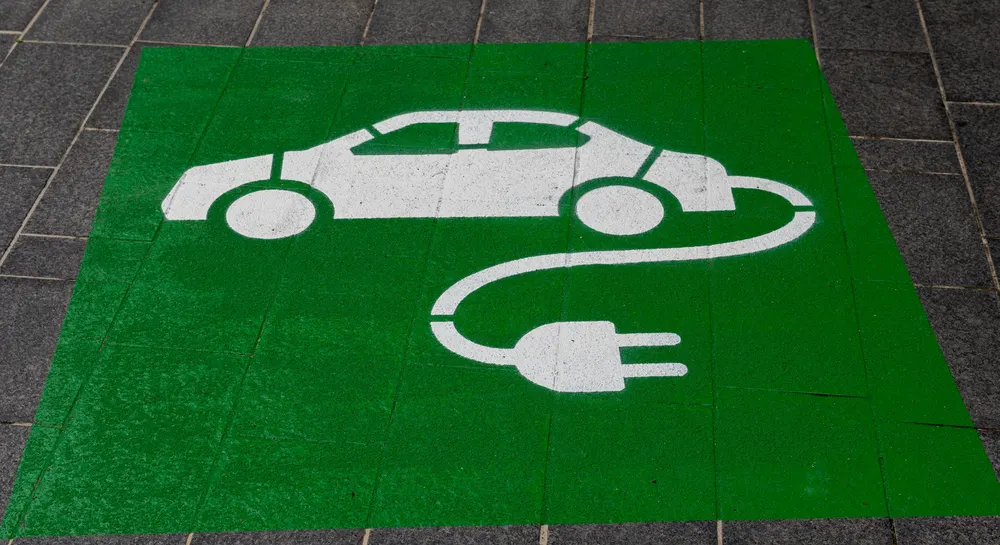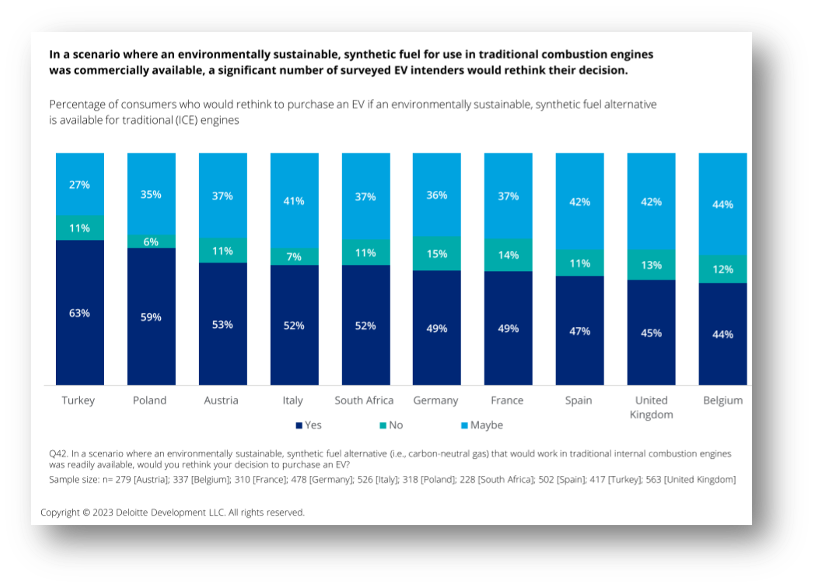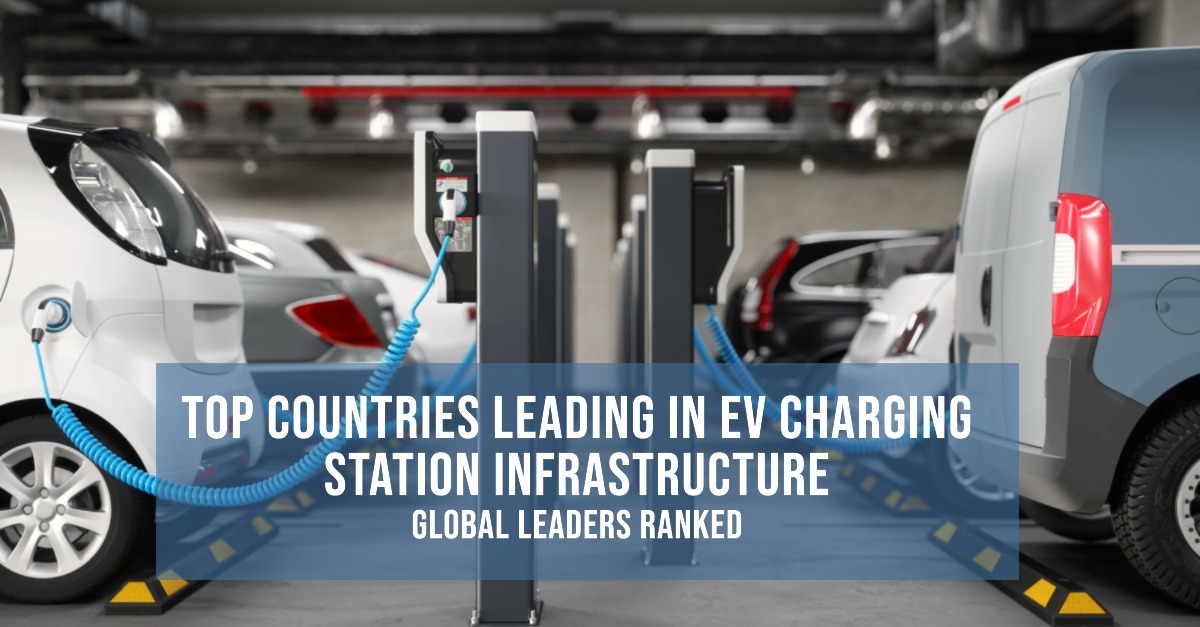
From Personalization to Sustainability: Driving the Electric Vehicle (EV) Market with AI-Powered Automotive Management
“The first rule of any technology used in a business is that automation applied to an efficient operation will magnify the efficiency. The second is that automation applied to an inefficient operation will magnify the inefficiency,” stated Bill Gates. It underlines the significance of using Artificial Intelligence (AI) to streamline operations and accelerate business growth.
A recent Deloitte graphic revealed that vehicle owners in EMEA would reconsider buying an EV if an eco-friendly synthetic fuel alternative were available for ICE engines, implying challenges the automotive industry will confront in satisfying customer needs. One of the most critical topics is the transition to Electric Vehicles (EVs), which requires a new servicing strategy.

Next is the growing desire for personalization, which demands a flexible and responsive supply chain. Lastly, digital disruption with a data-driven decision-making process will become mandatory to bring more sales opportunities. Therefore, automotive OEMs should develop new AI competencies in Automotive Cloud Management to remain competitive.
Navigating to EVs, charging toward sustainable servicing
Automotive solutions that assist dealerships with transitioning to environmentally friendly operations in the EV market should have Spare Parts Management and Service Management modules. Car modules that go beyond Automotive DMS and enable dealerships to deliver exceptional customer care are crucial in the rapidly evolving EV market.
- Spare Parts Management
This management supplies real-time updates on spare parts inventory, ensuring customers obtain the parts they require in a timely and cost-effective manner. Hence, dealerships can manage spare parts inventory effectively to keep up with the rising demand for EVs and prevent delays in maintenance.
- Service Management
Automotive experts anticipate that vehicle owners will have new inquiries about the technology and maintenance needs as the automotive industry transitions to EVs. Service Management ensures these inquiries are resolved quickly and effectively to win over customer trust. Leveraging service management will offer quality assurance to EV owners, extending the sustainability of vehicles.
Experience a new level of personalization
In this new landscape, Campaign Management, Vehicle 360 Management, and Prospect Management emphasize personalized customer experiences and connected customer lifecycles in the EV industry, particularly in optimizing Customer Experience 360 and Lead Management.
- Campaign and Prospect Management
Campaign and lead management provides dealerships with a comprehensive view of the customer’s buying journey and enable automotive corporations to create targeted campaigns based on customer behaviors across multiple touchpoints. This competence empowers automobile companies to respond quickly to shifts in market demand, which is crucial in the rapidly evolving EV sector to deliver a more personalized customer experience.
- Vehicle 360 Management
The popularity of EVs has raised customer expectations for personalization and flexibility. By offering a tailored experience to each EV owner, this management allows vehicle owners to manage vehicle-related tasks through smartphones to fulfill these aspirations. EV owners can review real-time diagnostic data, access information about the vehicle’s maintenance schedule, and monitor the servicing progress on this mobile app.
From data to action, from imperfect to imperative
Data is mandatory in elevating the automotive industry to a new level by integrating Vehicle Management, Warranty Claim Management, and Customer 360 Management with Microsoft AI, Microsoft Azure OpenAI, and other data-driven technologies.
- New Vehicle and Warranty Claim Management
The AI-powered automotive solutions can automate the new vehicle sales process by streamlining pricing, inventory control, and sales tracking. It also utilizes AI to analyze customer preferences, recommend the best EV models, and provide a personalized purchasing experience. Meanwhile, AI integration empowers dealers to predict potential warranty claim issues, detect potential fraud, and improve overall customer satisfaction by providing a more secure warranty claim process.
- Customer 360 Management
Customer management is essential for analyzing live customer data, forecasting customer behavior, and equipping proactive dealership recommendations. In addition, dealers can concentrate on sales by automating routine operations like service requests, appointment scheduling, and customer support inquiries. This module can boost productivity and reduce errors effectively.
In conclusion, automotive businesses must embrace digital disruption with a data-driven decision-making process to stay ahead of the curve. Automotive solution beyond dealer management systems is the next trend, supporting automotive companies in navigating this shift with its broad selection of automotive modules. Experience the difference in EV sales approaches and embrace the future today.



